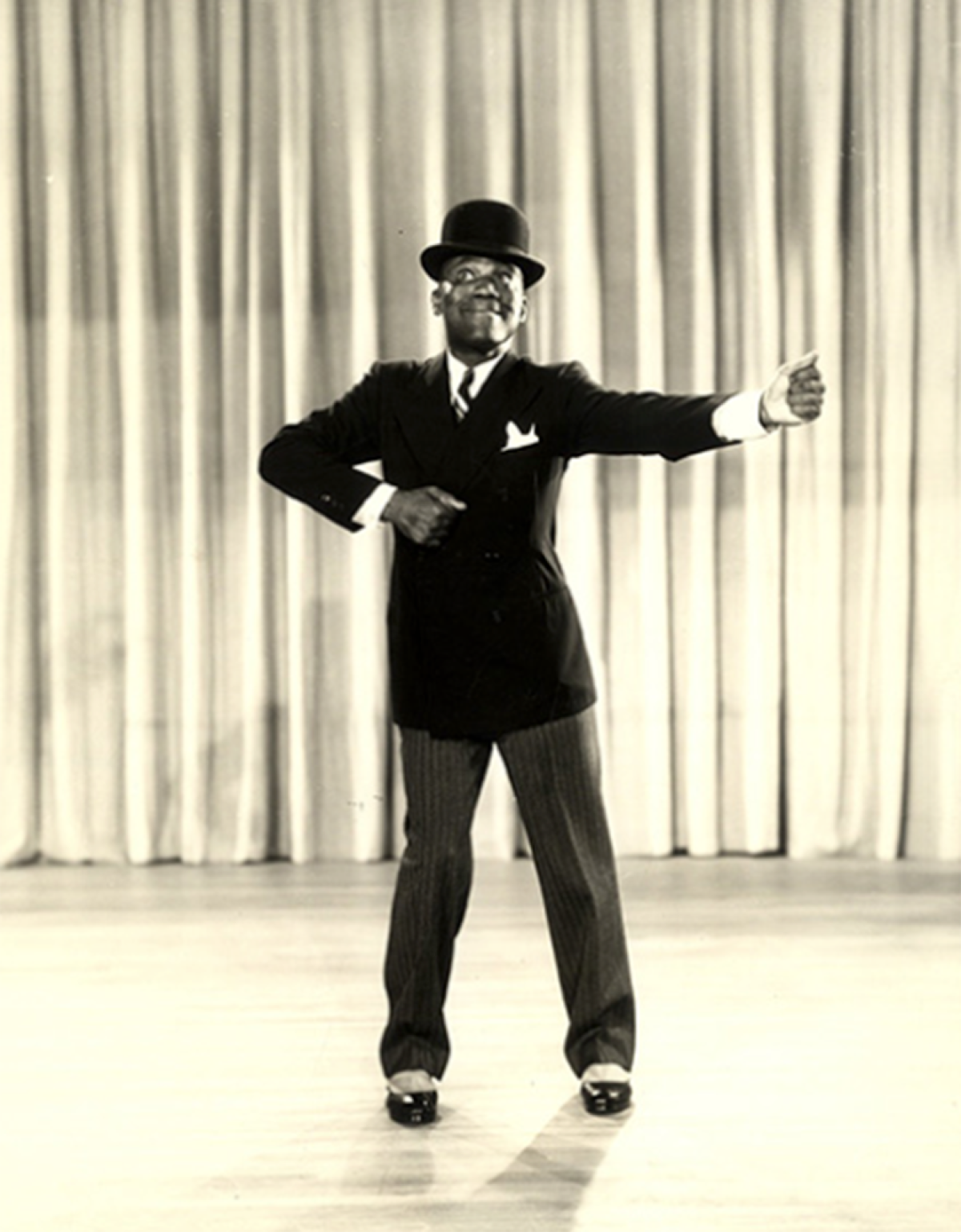WalterFilm

Bojangles Robinson, The Toe-Tapping Wonder
Bill “Bojangles” Robinson (born Luther Robinson; May 25, 1878 – November 25, 1949), was an American tap dancer, actor, and singer, the best known and the most highly paid black entertainer in the United States during the first half of the 20th century.
His long career began…
Recent Posts
Categories
- African American Movie Memorabilia
- African Americana
- Black History
- Celebrating Women’s HistoryI Film
- Celebrity Photographs
- Current Exhibit
- Famous Female Vocalists
- Famous Hollywood Portrait Photographers
- Featured
- Film & Movie Star Photographs
- Film Noir
- Film Scripts
- Hollywood History
- Jazz Singers & Musicians
- LGBTQ Cultural History
- LGBTQ Theater History
- Lobby Cards
- Movie Memorabilia
- Movie Posters
- New York Book Fair
- Pressbooks
- Scene Stills
- Star Power
- Vintage Original Horror Film Photographs
- Vintage Original Movie Scripts & Books
- Vintage Original Publicity Photographs
- Vintage Original Studio Photographs
- WalterFilm
Archives
